An organic acid P can easily be oxidized to a dibasic acid which reacts with ethyleneglycol to produce a polymer dacron. Upon ozonolysis, P gives an aliphatic ketone as one of the products. P undergoes the following reaction sequences to furnish R via Q. The compound P also undergoes another set of reactions to produce S.
The compound S is
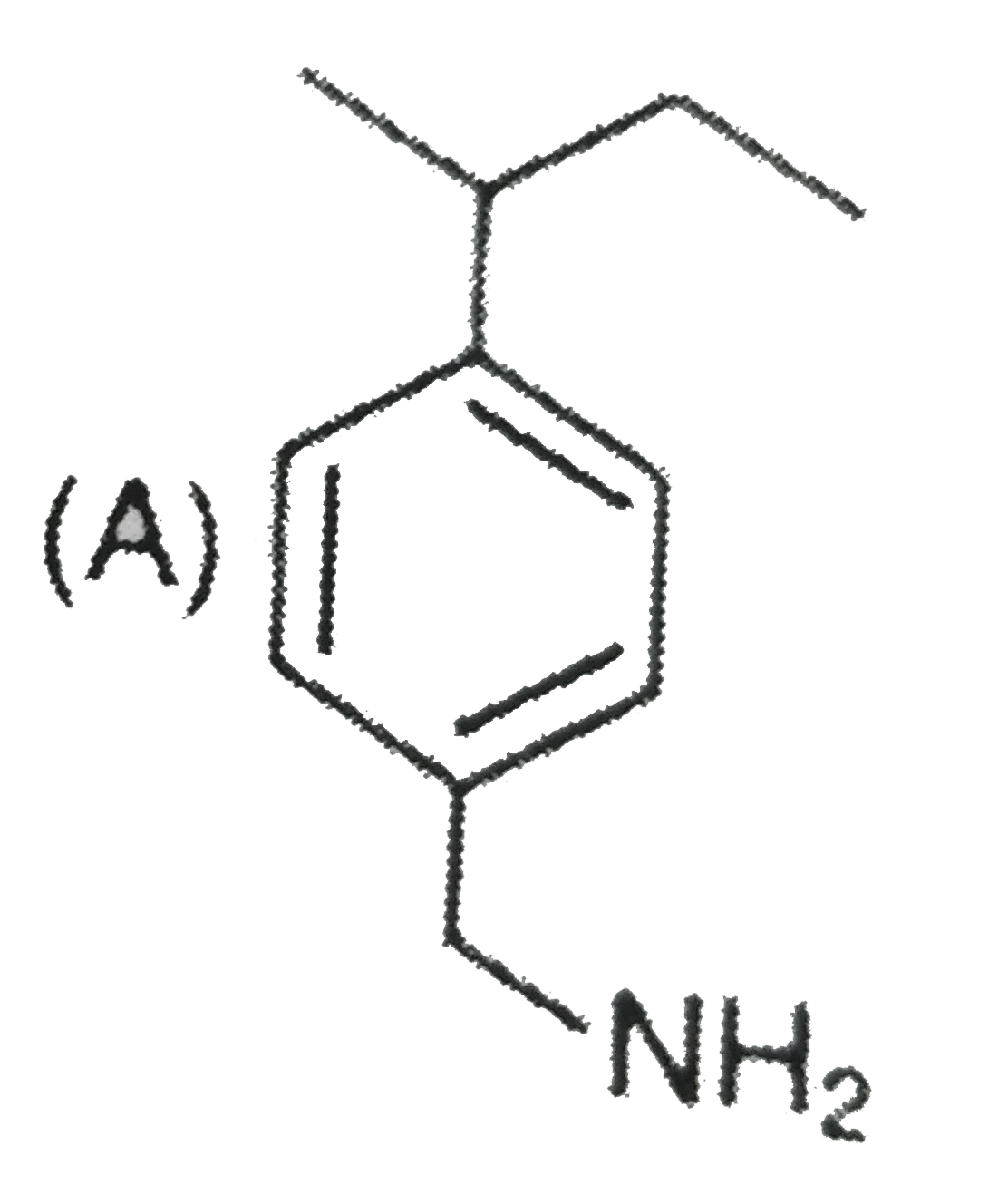

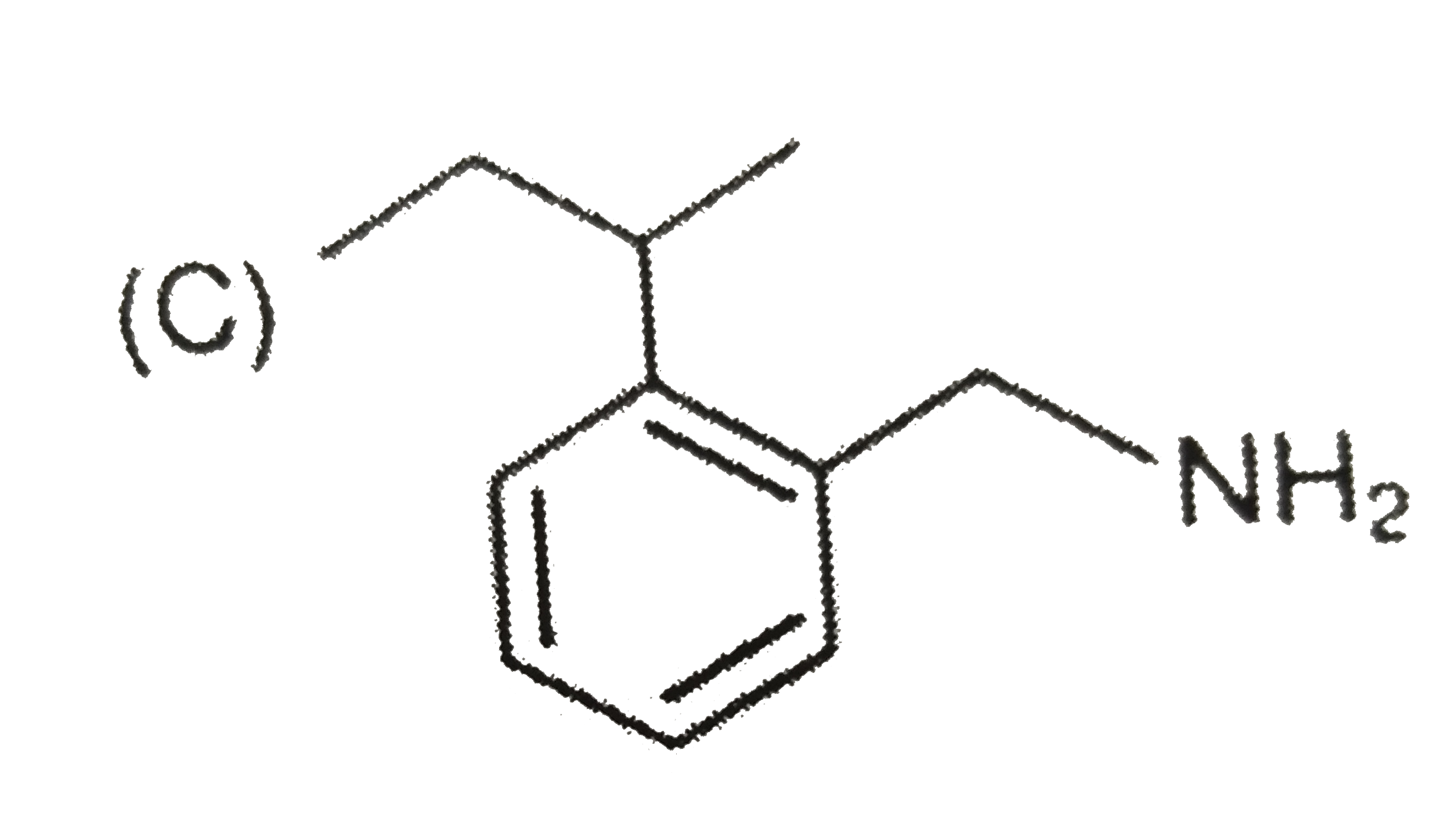
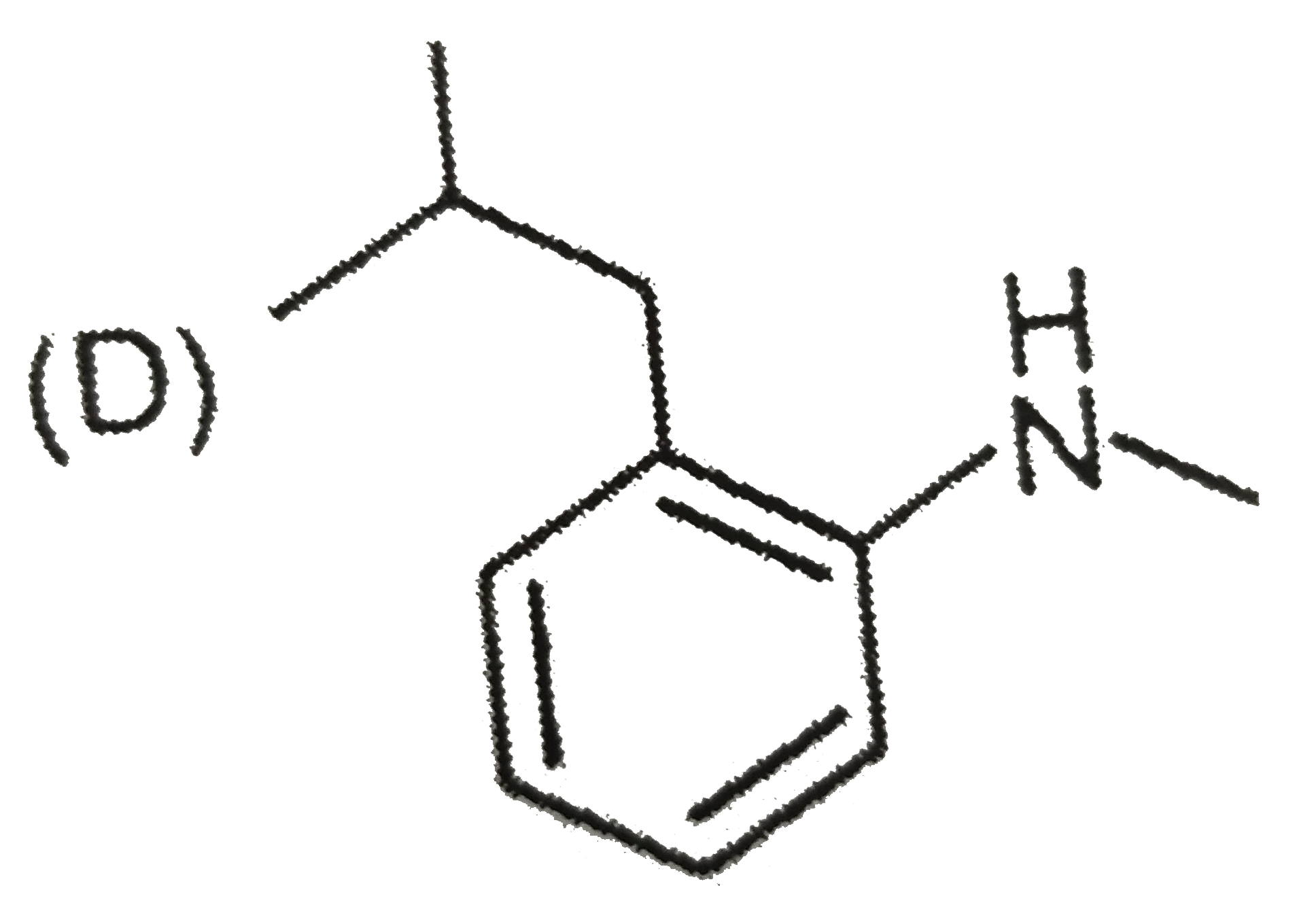
The correct Answer is:B
To solve the problem step by step, we need to identify the organic acid P (C11H12O2) and the compounds R, Q, and S based on the given information.
Step 1: Identify the structure of compound P
Given that P is an organic acid with the formula C11H12O2, we can deduce that it likely contains a benzene ring and a carboxylic acid group (-COOH). The presence of 12 hydrogen atoms suggests that it might have a substituent on the benzene ring.
Hint: Look for a structure that includes a benzene ring and a carboxylic acid group.
Step 2: Oxidation of compound P
The problem states that P can be easily oxidized to a dibasic acid. This suggests that P may have a substituent that can be oxidized to form another carboxylic acid group. The dibasic acid formed will have two -COOH groups.
Hint: Consider the possibility of a para-substituted benzoic acid structure for P.
Step 3: Formulation of the dibasic acid
When oxidized, the compound P forms a dibasic acid with two carboxylic acid groups. Since it is mentioned that it reacts with ethylene glycol to produce Dacron, we can conclude that the dibasic acid is likely terephthalic acid (1,4-benzenedicarboxylic acid).
Hint: Identify common dibasic acids that can react with ethylene glycol.
Step 4: Ozonolysis of compound P
The problem states that upon ozonolysis, P gives an aliphatic ketone as one of the products. This indicates that P must have a double bond that can be cleaved by ozonolysis to form a ketone.
Hint: Look for a structure that contains a double bond adjacent to the benzene ring.
Step 5: Determine compound R and Q
The sequence of reactions leads to the formation of compounds R and Q. Based on the reactions mentioned, we can infer that R is likely an amide or an amine derivative formed from P after several transformations.
Hint: Consider the functional groups that can be formed from the oxidation and subsequent reactions of P.
Step 6: Identify compound S
The problem mentions that P undergoes another set of reactions to produce S. Given that S is likely a product of the reactions involving amine or amide derivatives, we can deduce that S could be an aromatic amine or an amide.
Hint: Think about the possible products that can be formed from the reactions involving amines or amides.
Conclusion
Based on the above deductions, we can summarize:
- Compound P is likely a para-substituted benzoic acid.
- Compound R is an amine or amide derivative.
- Compound S is likely an aromatic amine or an amide.
Final Answer
The compound S is likely an aromatic amine or an amide derivative formed from the reactions of P.
Given that P is an organic acid with the formula C11H12O2, we can deduce that it likely contains a benzene ring and a carboxylic acid group (-COOH). The presence of 12 hydrogen atoms suggests that it might have a substituent on the benzene ring.
The problem states that P can be easily oxidized to a dibasic acid. This suggests that P may have a substituent that can be oxidized to form another carboxylic acid group. The dibasic acid formed will have two -COOH groups.
When oxidized, the compound P forms a dibasic acid with two carboxylic acid groups. Since it is mentioned that it reacts with ethylene glycol to produce Dacron, we can conclude that the dibasic acid is likely terephthalic acid (1,4-benzenedicarboxylic acid).
The problem states that upon ozonolysis, P gives an aliphatic ketone as one of the products. This indicates that P must have a double bond that can be cleaved by ozonolysis to form a ketone.
The sequence of reactions leads to the formation of compounds R and Q. Based on the reactions mentioned, we can infer that R is likely an amide or an amine derivative formed from P after several transformations.
The problem mentions that P undergoes another set of reactions to produce S. Given that S is likely a product of the reactions involving amine or amide derivatives, we can deduce that S could be an aromatic amine or an amide.
Based on the above deductions, we can summarize:
- Compound P is likely a para-substituted benzoic acid.
- Compound R is an amine or amide derivative.
- Compound S is likely an aromatic amine or an amide.
The compound S is likely an aromatic amine or an amide derivative formed from the reactions of P.
Topper's Solved these Questions
- CARBONYL COMPOUNDS (ALDEHYDES & KETONES ) & CARBOXYLIC ACID BOOK - RESONANCE ENGLISHCHAPTER - CARBONYL COMPOUNDS (ALDEHYDES & KETONES ) & CARBOXYLIC ACID EXERCISE - PART- IV
13 Videos
- CARBONYL COMPOUNDS (ALDEHYDES & KETONES ) & CARBOXYLIC ACID BOOK - RESONANCE ENGLISHCHAPTER - CARBONYL COMPOUNDS (ALDEHYDES & KETONES ) & CARBOXYLIC ACID EXERCISE - Exercise-3
1 Videos
- CARBONYL COMPOUNDS (ALDEHYDES & KETONES ) & CARBOXYLIC ACID BOOK - RESONANCE ENGLISHCHAPTER - CARBONYL COMPOUNDS (ALDEHYDES & KETONES ) & CARBOXYLIC ACID EXERCISE - Exercise-2 Part-I
1 Videos
- BIOMOLECULES & POLYMERBOOK - RESONANCE ENGLISHCHAPTER - BIOMOLECULES & POLYMEREXERCISE - ORGANIC CHEMISTRY(Biomolecules & Polymer)
34 Videos
- CHEMICAL KINETICSBOOK - RESONANCE ENGLISHCHAPTER - CHEMICAL KINETICSEXERCISE - PHYSICAL CHEMITRY (CHEMICAL KNIETICS & RADIOACTIVITY)
49 Videos
Similar Questions
Compound 'P' that undergoes the sequence of reactions given below to give the product Q is
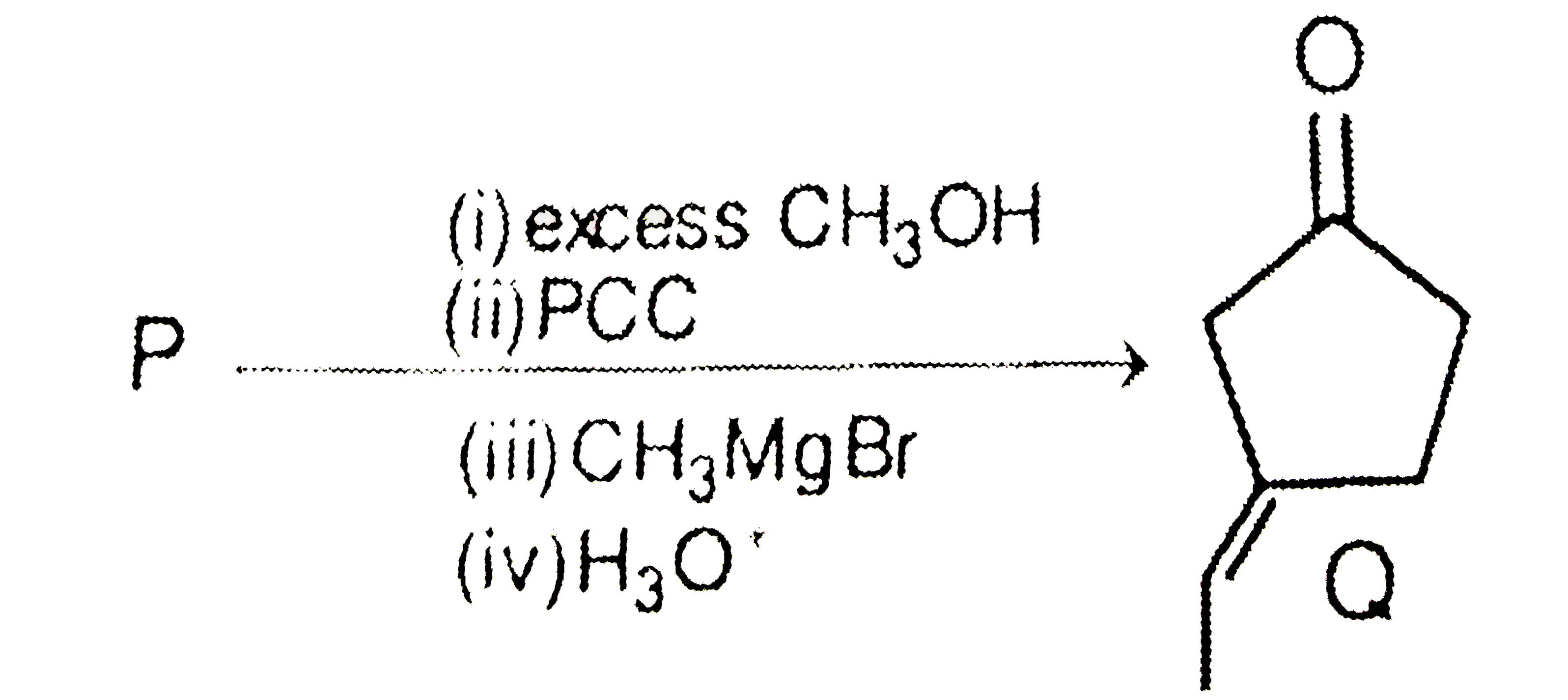
View SolutionAn acyclic hydrocarbon P, having molecular formula C6H10 , gave acetone as the only organic product through the following sequence of reactions, in which Q is an intermediate organic compound.

The structure of compound Q is
View SolutionAn acyclic hydrocarbon P, having molecular fromula C6H10 gave acetone as the only organic product through the followig sequence of reaction in which Q is an intermediate organicn compound
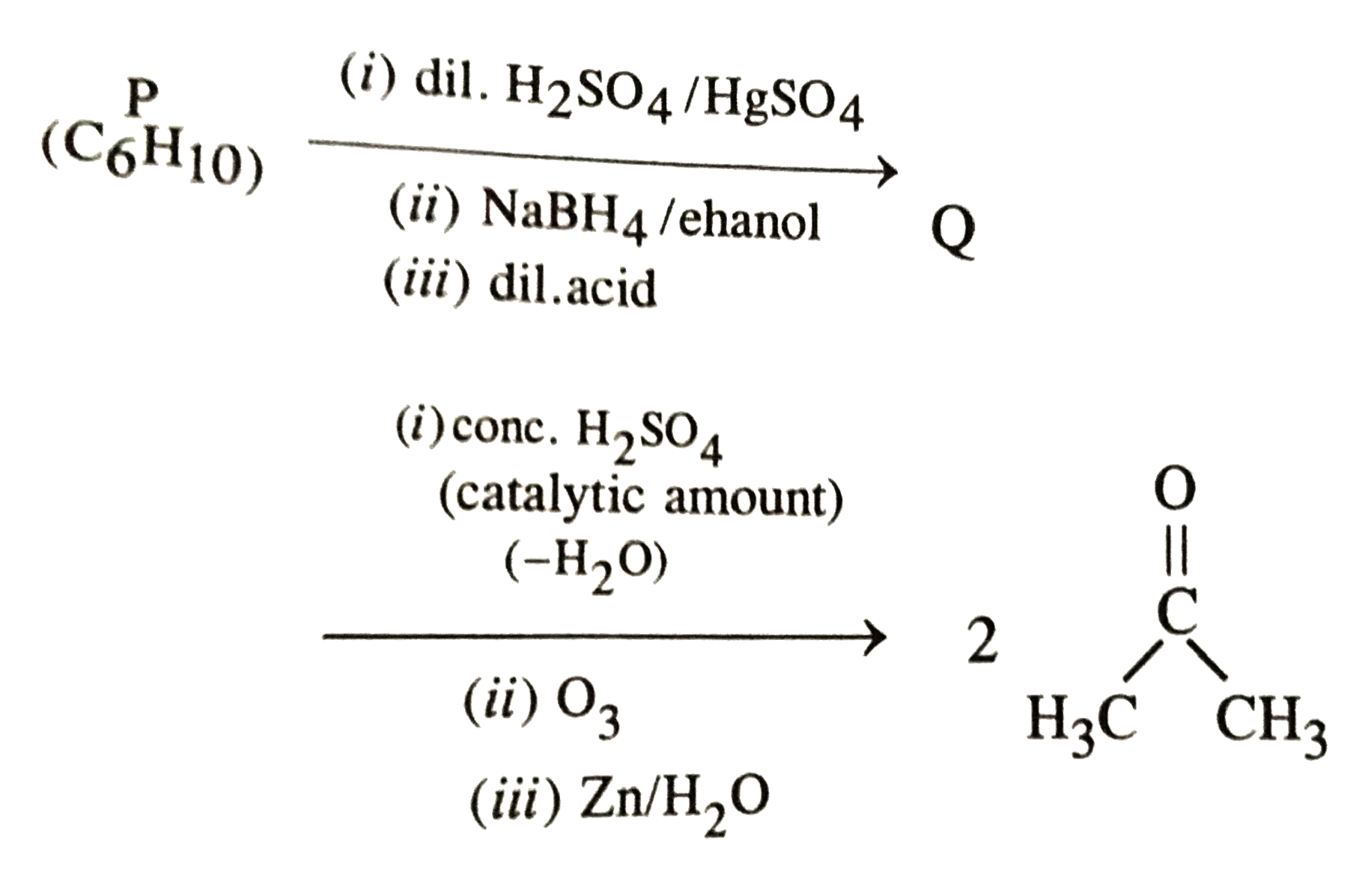
The structure of the compound Q is
View SolutionAn acyclic hydrocarbon P, having molecular fromula C6H10 gave acetone as the only organic product through the followig sequence of reaction in which Q is an intermediate organicn compound
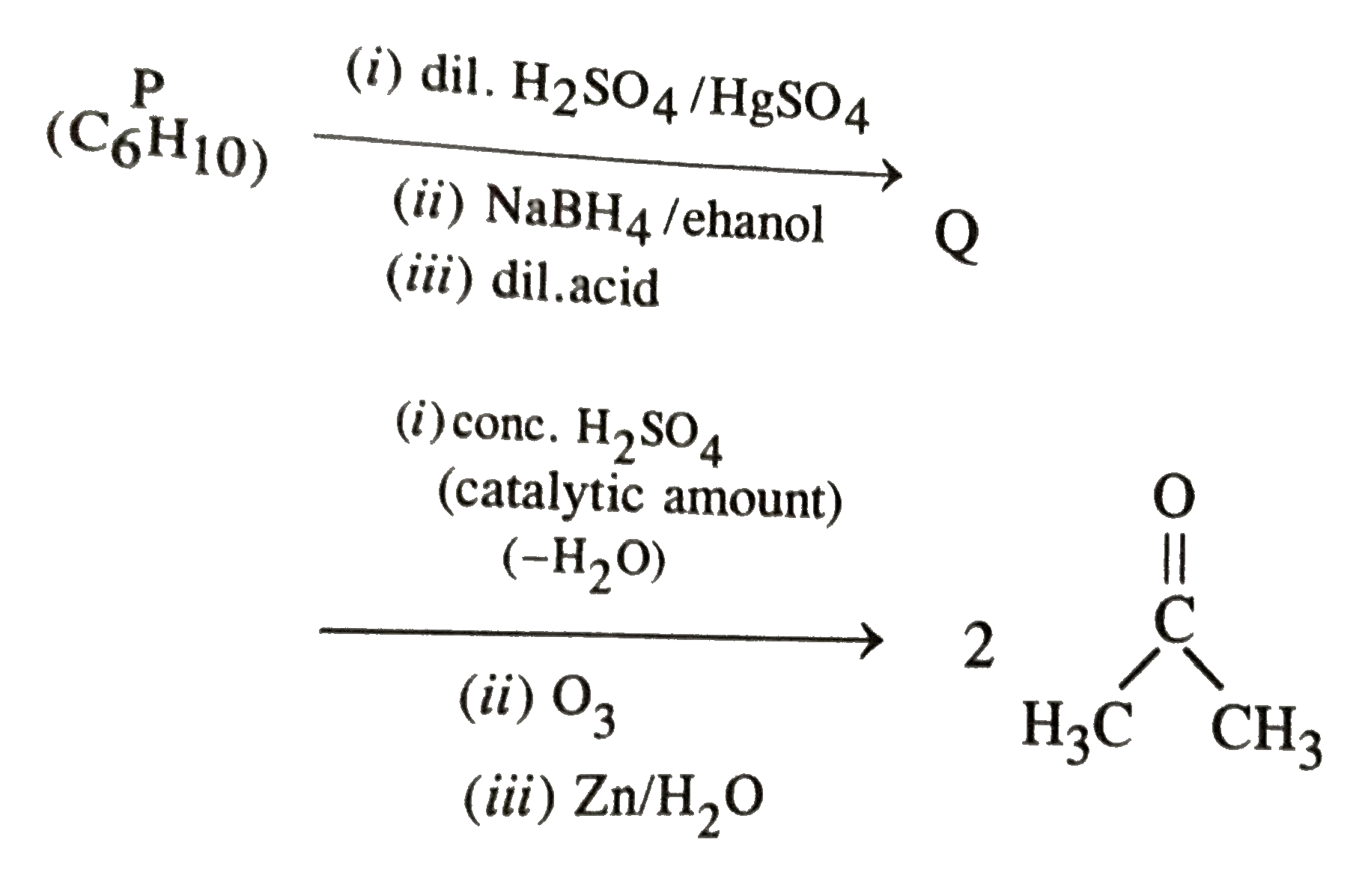
The structure of compound P is
View SolutionAn acyclic hydrocarbon P, having molecular fromula C6H10 gave acetone as the only organic product through the followig sequence of reaction in which Q is an intermediate organicn compound

The structure of compound P is
View SolutionAniline reacts with mixed acid conc. HNO3 and conc. H2SO4 at 288 K to give P (51 %), Q (47%) and R (2%). The major product(s) of the following reaction sequence is (are)
View SolutionTwo aliphatic aldehydes P and Q react in th presence of aqueous k2CO3 to give compound R, which upon treatment with HCN provides compound S. On acidification and heatingm,S gives the product shown below:

The compound S is
View SolutionConsider the following sequence of reactions, if A is sulphuric acid, then give the answer of following questions
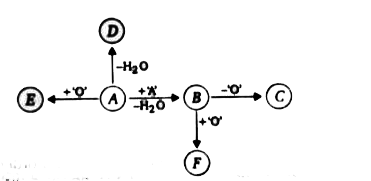
Q. In which of the following compound S-atom is sp2 hybridised:
View SolutionCompound (A) has molecular formula C5H12O. It liberates H2 gas on reaction with Na-Metl. It also rotates plane of P.P.L (Plane polarised light). On oxidation with P.C.C (Pyridinum chloro chromate), compound (A) forms a ketone. It undergoes in following reaction scheme

Compound (C ) on Photochlorination gives six monochloroderivaties.
Structure of compound (B) is?
View SolutionA compound (P) having molecular formula C6H10 contains two DU. It yields Q(C6H12) when reacts with excess of H2 of the presence of Ni. On ozonolysis P gives cyclopentanone and compound Y.
The compound Q gives the number of of monochlorination products
View Solution
